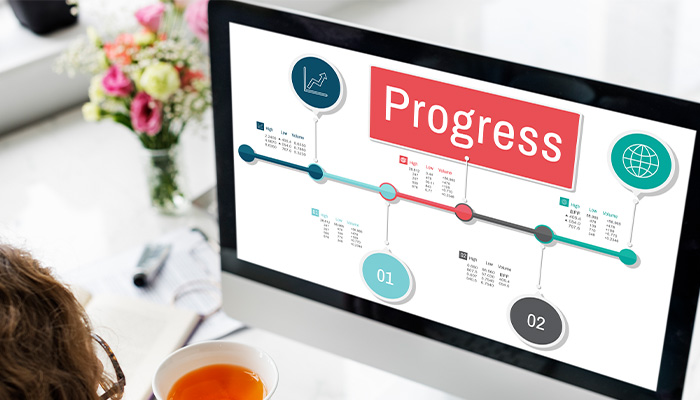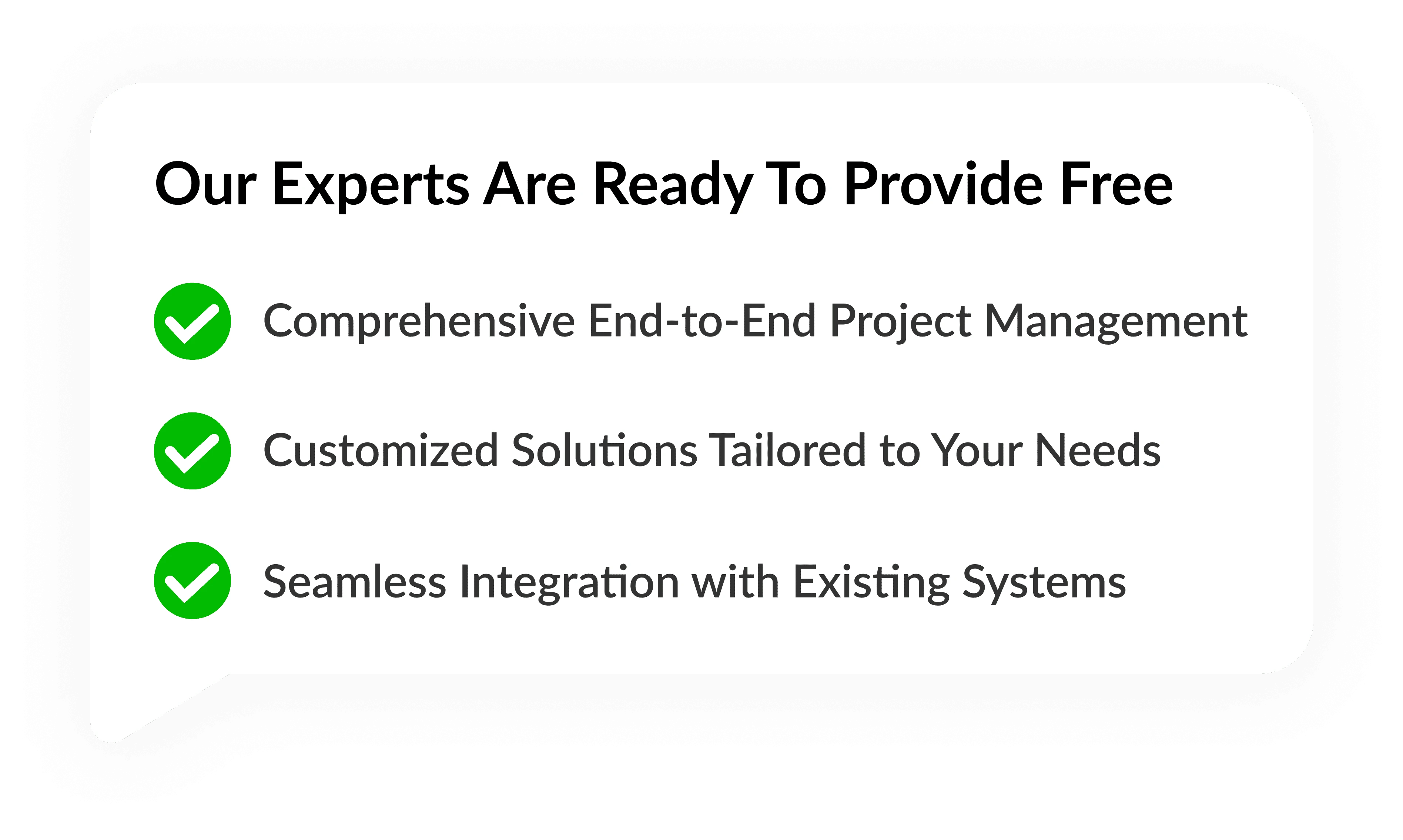10 Things You Need to Do Before You Redesign Your Website

DEC, 13, 2023 03:06 PM
10 Things You Need to Do Before You Redesign Your Website
Websites are essential tools for all businesses, serving as their cornerstone and essential marketing weapon. If it's time to revamp your web design, where should you start?
Prior to engaging with design firms or RFPs, it's vitally important to perform some careful strategic planning. Doing this will allow you to effectively plan and engage the appropriate partners, ultimately resulting in all stakeholders being on board with your new website project. Here are ten steps on how you can plan a successful website redesign project, as well as reasons why its preparation is necessary.
Benefits of Redesigning Your Website
As 2024 approaches rapidly, now might be the opportune moment to contemplate revitalizing your dated and lackluster website, setting the stage for a dynamic start to the new year.
While redesigning your website may not have been a top business priority, especially if it's functioning adequately, the holiday season presents a strategic window to reconsider its potential enhancements. As most companies experience a slowdown during the festive break, this downtime offers an ideal period to reassess and strategize improvements for a more impactful online presence in 2024. Take help from a website redesign company in the USA to make your website perfect.
Outlined below are the top 5 advantages of giving your website a makeover:
Fresh Design and Content:
A website's aesthetic and content are the digital ambassadors of your brand. An overhaul in design offers more than just a visual upgrade; it signifies adaptability and a commitment to staying relevant. Beyond aesthetics, updated content aligns with the current narrative of your business. Regularly refreshing your website content ensures that your audience is met with the latest information about your products, services, and industry trends, fostering credibility and engagement.
Improved CMS:
The backbone of a website lies in its Content Management System (CMS). A website redesign not only gives your site a modern look but also brings forth a more efficient CMS. This upgrade simplifies the process of managing and updating content, empowering your team to swiftly respond to market changes or share timely updates. The improved CMS acts as a catalyst for agility, allowing you to keep pace with the ever-evolving digital landscape.
Enhanced SEO:
Search engine optimization (SEO) is the linchpin of online visibility. Redesigning your website presents an invaluable opportunity to optimize it for search engines. From refining meta tags to restructuring URLs, a strategic approach ensures that your website meets the criteria that search engines favor. A higher search ranking not only boosts organic traffic but also enhances your digital footprint, positioning your business as a credible and authoritative player in your industry.
Made Mobile-Friendly:
The ubiquity of smartphones and tablets demands that your website be not just accessible but optimized for mobile users. A website redesign prioritizes mobile responsiveness, ensuring that your site's layout seamlessly adapts to various screen sizes. Beyond meeting user expectations, a mobile-friendly design is a pivotal factor in search engine algorithms, influencing rankings. By catering to the needs of the on-the-go user, you not only retain visitors but also gain a competitive edge in the digital arena.
Improved Website Loading Speed:
In the era of instant gratification, the speed at which your website loads is critical. A modern redesign, accompanied by optimizations in the CMS and hosting infrastructure, directly impacts loading times. Beyond user satisfaction, a faster-loading website mitigates bounce rates and contributes positively to your SEO ranking. As attention spans dwindle, a swift-loading website is not just a luxury but a necessity for retaining visitors and ensuring a seamless online experience, ultimately translating into business success.
Things to Consider Before You Redesign Your Website

-
Examine your brand
This is an ideal time to evaluate whether the branding will stay the same, no matter its complexity or simplicity. Having clarity around who your clients are and the products and services offered. Additionally, your value proposition needs to include logos as well as colors, graphics, and words associated with your brand's visual appearance (logos, etc.).
-
Establish your objectives and budget
What do you hope to achieve through the new design? It is essential that you define its objectives, such as increasing customer experience, changing the business name or market share gain, updating outdated designs with additional functions, or supporting marketing and sales efforts, prior to embarking on any redesign efforts.
Your goals will determine the cost of your project budget, including creative processes, technical requirements testing, photography services, and whether work will be performed internally or contracted out to a third party.
-
Build your team(s)
Before embarking on a website redesign journey, ensure that at least two critical teams are formed. Stakeholders—partners, senior leaders, advisor boards, or even customers—can all provide input into the final result of your venture and provide valuable feedback and input into its development. Consider which stakeholders you need to inform and when. Schedule updates and communications accordingly to keep everyone up-to-date.
The second team for a website consists of people working behind the scenes on its development. This may include employees (particularly those involved with customers), marketing and sales staff, as well as an executive sponsor, and developers and designers, either externally sourced or internally employed (or both).
Make sure that there is an established project leader and clearly defined roles for every member of your team, with clear expectations regarding duration and results.
-
Review the content that exists
Conducting an in-depth review of your existing content might seem intimidating at first, but it is an essential component of designing a successful website. Visitors are expected to easily discover content relevant to your branding and objectives at any point on your site. Conducting a content audit will allow you to identify what should be changed or developed further, as well as what should be removed completely from the new website. When considering your existing content for review, it is important to ask whether it remains current, can help users meet business goals, is educational, useful, or even educational.
-
Make Your Wish List Wiser
Aim high when thinking big-picture. Dream big when imagining all possible outcomes of blue-sky thinking; create an open list for all possibilities to emerge, from artificial intelligence capabilities or automation tools to new forms, content, or flows that challenge existing thought processes to pages that make the content come to life. Focusing on outcomes rather than processes may help keep things on the right track; they might not all come true, but the process itself may prove valuable.
-
Give Examples
Before designing anything new, be sure to research competitors and other websites within your field for products you enjoy using. Encourage everyone on your team to do the same and share any sites that the group likes, regardless if it be the home page, subpage, or element they appreciate, for insight and ideas on how you might incorporate these into the design. Looking at existing websites can inform this design in many different ways.
-
Foster a customer-centric mindset
Your website project should prioritize the customer experience for all visitors who come through its virtual doors, be they prospective or current customers. All visitors should recognize and comprehend what path visitors take when visiting, which could involve multiple maps depending on what is most appealing to them; being aware of this journey allows you to address any problems that may be hindering this experience and improve it accordingly.
Your customers should find it effortless to use your site by making it simple for them to locate what they need without getting lost and on the right page for making purchases.
-
Establish Metrics
How can you evaluate the success of your efforts? While visitors and sales are obvious metrics, more detailed measurements will need to be collected as benchmarks against which future efforts can be compared. Here are a few key metrics you'll want to keep an eye on:
Unique visits, unique visitors, and all visitors.
Time spent on the website
Keywords and rank can be used to quickly discover a website.
Devices used for inbound linking domains.
Content activity includes registrations, downloads, and sign-ups for newsletters.
-
Establish a timeline
Redesigning your website could take longer than anticipated, so it's wise to set an appropriate timeline and stick to it. Consider whether or not the redesign needs to coincide with any specific product launches, tradeshow events, or virtual conferences, then break your work into manageable, quantifiable pieces that enable you to identify deadlines and deliverables as you work forward. Take help from a web design and development company in the USA, as they will do everything within the required timeline for you.
-
Focus on SEO
In terms of search engine optimization (SEO), what you're after is a website that is SEO-friendly—one that will likely place your business on the first page of results. Your old site might still be listed and approved by search engines; take this chance to redesign your site to boost your results and revenue!
Conclusion
Revitalizing your website as we approach 2024 is a strategic imperative for businesses seeking sustained success in the digital realm. The outlined advantages, ranging from a modernized design to improved SEO and mobile friendliness, highlight the transformative potential of a well-executed redesign. This process goes beyond aesthetics, becoming a catalyst for enhanced user experience, credibility, and adaptability to the dynamic online landscape.
In executing a successful website redesign, the ten-step guide and website redesign services provide a clear roadmap. From meticulous brand examination to building cohesive teams, reviewing existing content, and prioritizing SEO, each step contributes to a seamless and effective redesign. By focusing on end goals, fostering a customer-centric mindset, and staying metric-driven, businesses can ensure their online presence not only meets current standards but also thrives in the competitive digital arena.




Strategy
Design
Blockchain Solution
Development
Launching
Testing
Maintenance
Contact US!
India

Plot 378-379, Udyog Vihar Phase 4 Rd, near nokia building, Electronic City, Phase IV, Sector 19, Gurugram, Haryana 122015
Copyright © 2025 PerfectionGeeks Technologies | All Rights Reserved | Policy
Contact US!
India

Plot 378-379, Udyog Vihar Phase 4 Rd, near nokia building, Electronic City, Phase IV, Sector 19, Gurugram, Haryana 122015
Copyright © 2025 PerfectionGeeks Technologies | All Rights Reserved | Policy

